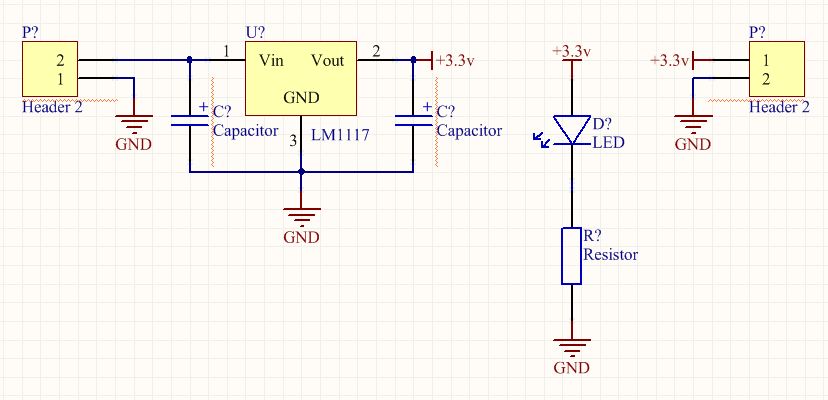

In this mode, components are identified by their selection boundary, which is the smallest possible rectangle that encloses all of the primitives in the component. Components in unions can be pushed and the location of components in the union may change, but the union will not break.

Push Obstacles - the component to be placed will push other components away to provide compliance with clearances between components.These routines use the 3D body, if there is one, or the copper and silk primitives to identify an object's clearance. In this mode, the same component clearance checking routines seen in previous version of Altium Designer are used. Ignore Obstacles - regular placement behavior, as seen in previous versions of Altium Designer.You can cycle through component placement modes by pressing the R key during placement. Smart Component Snap is helpful when you need to align by a specific pad. The Smart Component Snap option allows you to override this snap to center behavior and snap to the nearest component pad instead, which is handy when you need to position a specific pad in a specific location.Įnable Snap To Center to always hold the component by its reference point. The reference point is the 0,0 coordinate of the component as it was built in the library editor. When you click and hold on a component to move it, if the Snap to Center option is on, then the component will be held by its reference point. Parent page: Component Placement Component Positioning and Placement Options Position Components using Pick-and-place File.Component Positioning and Placement Options.



 0 kommentar(er)
0 kommentar(er)
